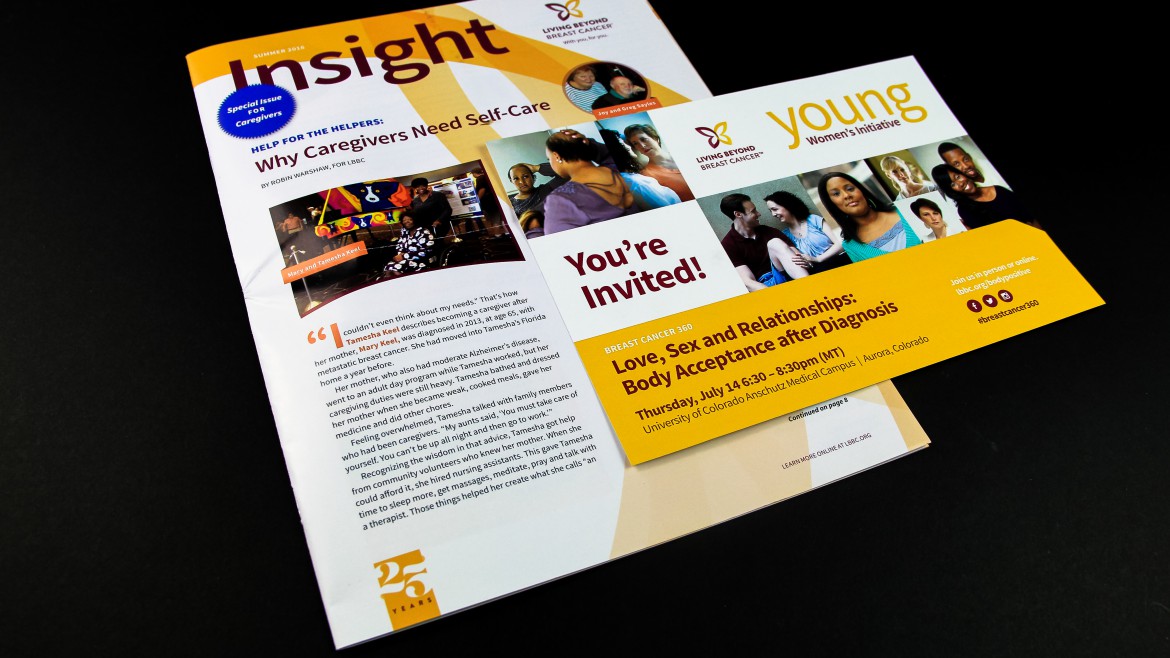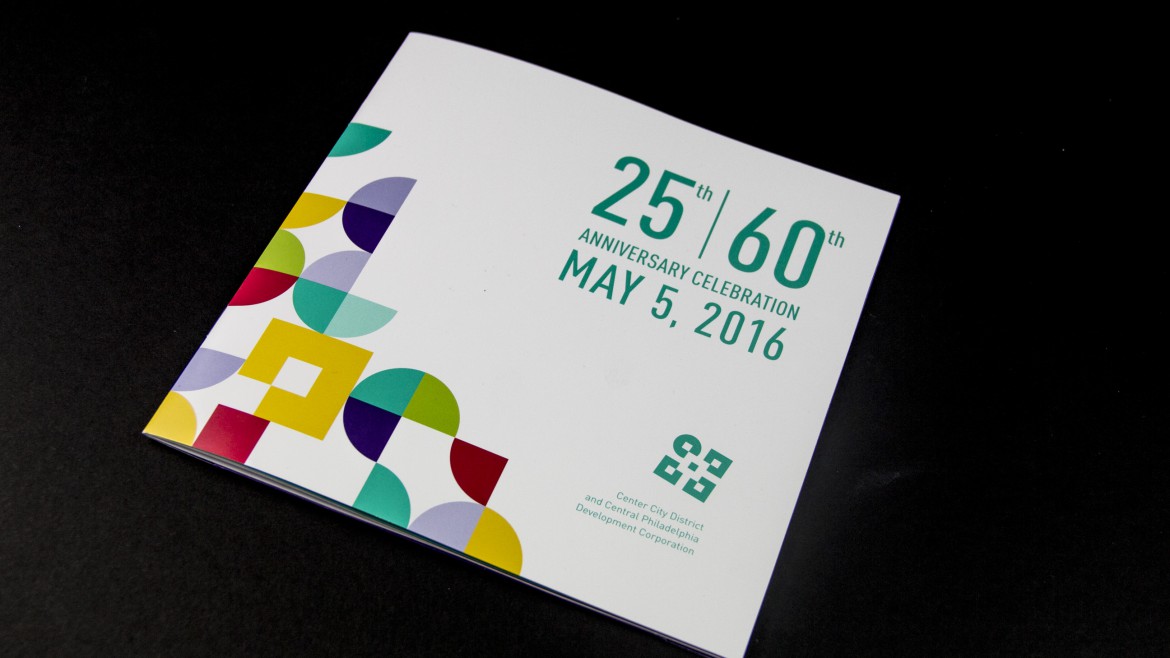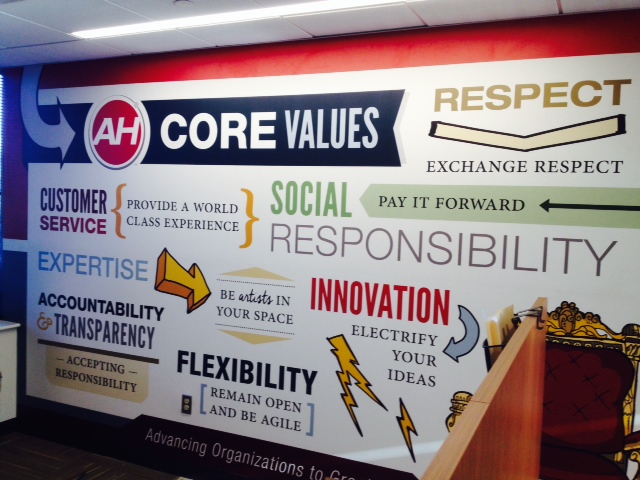Fulfilling its Mission
The University of Pennsylvania School of Social Policy & Practice (SP2) educates students who want to take an active role in social policy, social justice, social work, nonprofit leadership and social research. As one of the leading higher-education schools of its kind, SP2 wanted to launch a multi-modal program in which experts from the School of Social Policy & Practice analyze and address some of the most crucial social justice and policy issues in our nation. The mission of the initiative, which is known as the SP2 Penn Top 10 Social Justice & Policy Issues for the 2016 Presidential Election, is to educate, enlighten, and empower a diverse audience of voters and policymakers from all walks of life.
Timing for the initiative was crucial, as SP2 wanted the program launched in plenty of time to inform the public prior to the election in November.
Learning About the Project
Initially, SP2 approached Perfect about printing a handout that could be used to inform delegates, alumni and the general population about the SP2 Penn Top 10. The handout would consist of 10 position papers written by SP2 faculty. The papers would need to be edited into digestible articles and combined with a visual aesthetic to communicate the main points of each essay to a mostly uninformed audience. The handout was intended to be visually appealing, heavy on imagery and full of information.
In addition to the handout, SP2 wanted a “Digital Book” (Interactive PDF) to be hosted on an existing website for easy access for people who may not receive a printed copy. This would also be something that would be marketed digitally, with the intent of spreading the message and potentially raising capital for the school.
Suggesting a Broader Solution
Based on SP2’s project objectives, Perfect recommended a workbook that would include 10 tabs, creating a section for each topic. Content would include a shortened position paper, information about the author(s), critical information about the topic and recommendations to help address the issue. Instead of a digital book, we suggested creating a website dedicated to the initiative. We also proposed developing a complete visual identity for the initiative and designing a promotional brochure to announce the program. We believed that if the initiative was successful, SP2 could convert the “temporary” program focused on one election to a long-standing web presence where SP2 could highlight pressing social justice and policy issues in the future.










